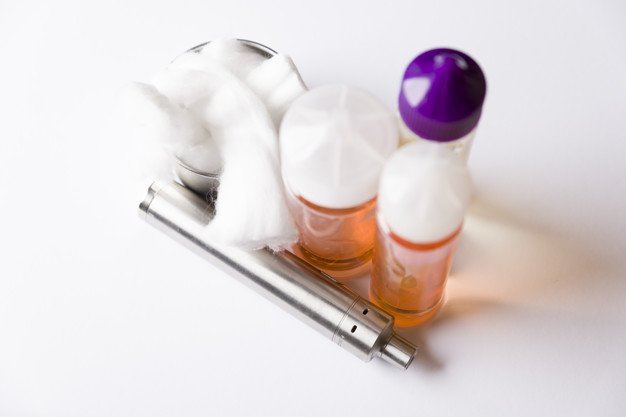In the last few years, vaping has become an emerging trend. It is a fun experience and a favorite among smokers who are trying to quit. Vaping has been proven safer than cigarette smoking. It is also highly customizable, and you can select everything from flavors to nicotine content. The market today is flooded with choices for vapers, and everything under the sun is available. If you are a newbie to vaping, the chances are that you may not know what to do for a pleasant experience. Vaping is an acquired taste, and a bad experience can put you off vaping forever.
Here are a few tips to improve your first vaping experience:
1. Buy good quality e-juices
The essence of vaping lies in the vaping liquid being used. If you are using cheap and low-quality vaping juices, chances are you may experience a bad taste and have a negative impression about vaping. Many low-quality vape juices do not deliver the required taste and desired vapor quantity and quality. Also, good quality is vital to avoid any accidental fires and additional toxins. A good carrier liquid, a great flavoring, a correct ratio of PEG, and EG is also important. Nicotine content that satiates your craving is a necessary part of vaping juices.
It’s important to remember that vape liquid is what will solely decide how much you like the experience. Prioritize quality always and choose suitable vape liquid. For your first experience, you can go for a basic flavor like menthol. If you want to play it a safe bit, if you are willing to experiment, you can always try newer exotic flavors. Be sure to buy smaller bottles so that you can have during your first vape session. A nicotine level based on your preference and ideal water content is a prerequisite for a great time.
2. Experiment with fun flavors
A great first time with vaping is experienced when you get adventurous and try new things. Go for a surprising vaping flavor and tweak up your game. You can buy a small tester kit with small bottles of various flavors. There are endless choices available from mint, menthol, chocolate, strawberry, and much more. Remember always to clean your coil before each use and fill the tank correctly. Follow the correct instructions always and close the tank property to avoid any leakage and accidents.
3. Understand your vaping device well
Knowing your vaping device well is an important part that shouldn’t be neglected. Learn about the vaping basics and jargon. An excellent first experience is when you know everything about vaping well. Learn how to operate the vaping device, how to fill it, and customize a session based on your preference. Be mindful of avoiding any mistakes that may damage your vaporizer. Be careful and avoid all kinds of errors. The correct knowledge is the key to the prevention of any vaping accidents.
4. Invest in a starter kit
An excellent vape experience can be had with the help of a good starter kit. A starter kit is equipped with all basics and will introduce you to the vaping world. This is a great way to improve your first vaping experience and have a peek into what this is about.
5. Go for a good vape shop
Since the equipment and vape juice are the backbones of vaping, buying the right quality products is a prerequisite. Always go for a good vape shop that sells standard products. Everything from vaping devices to vaping juices should be purchased from a trusted source. Thus, look for reputable vape shops around you.
6. Select a good nicotine content
Vaping is fun when you select an e-juice with good nicotine content. Select something that aligns with your tastes and goals. If you are someone who has recently quit smoking go for a higher nicotine content to not experience any withdrawal. You can gradually wean off from nicotine in consecutive sessions. Always focus on having fun and building a luxurious experience.
7. Learn the correct technique
Learn the techniques of proper vapor inhalation and how to relax. Also, understand how to relax and the correct technique to take in vapor. Enjoy the experience and let the vaping world blow your mind.
Read Also:
























